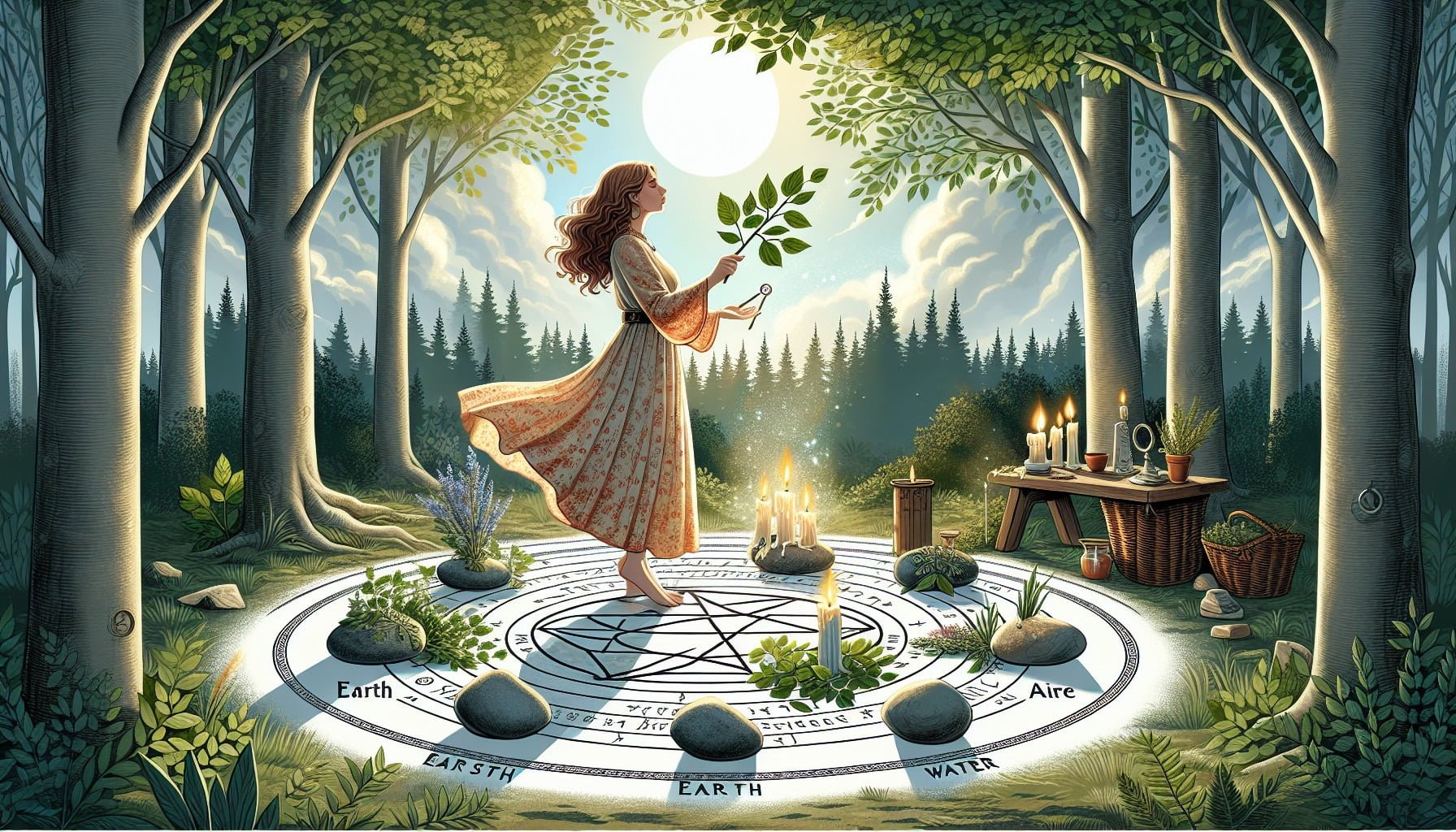The tapestry of human history is woven with the threads of myriad cultures, civilizations, and belief systems. The canvas of time, richly dappled with stories of powerful kings, ethereal gods, mythical creatures, and indefatigable warriors, speaks eloquently of our quest to understand the Universe and our place within it. But amidst this brilliant mélange, the cultures that whisper the most enchantingly into our collective memory are the ancient pagan cultures.
Paganism predates many of the world’s existing religions, lending a primeval allure to the ancient cultures that worshipped the forces of nature as divine entities. These cultures did not view their gods as omnipotent or benevolent shepherds who demanded unquestioning obedience. Instead, they saw them as proxies of the natural elements – the sun, the moon, the sky, the earth, and the sea – that mirrored the rhythms of life and the seasons, and influenced human destiny in tangible ways. The pagan gods were venerated for their might, feared for their capriciousness, and appeased with rituals and sacrifices for the blessings they dispensed.
The pantheons of ancient pagan cultures were vastly diverse and invariably fascinating. The Greeks, for instance, revered a troupe of gods who resided on Mt. Olympus, each with a distinct personality, realm of authority, and set of myths. Zeus, the king of gods, wielded the thunderbolt and presided over the sky. Poseidon ruled the seas with his trident, while Demeter, goddess of agriculture, ensured abundant harvests. Dionysus, the god of wine and revelry, was considered the patron of theatre and ecstasy. These gods were deeply intertwined with human life, their myths offering allegories of pride, vanity, wrath, love, and sacrifice that guided the moral and ethical norms of the society.
Contrastingly, the druidic culture of the ancient Celts, another pagan society, was steeped in reverence for the natural world. The Celts did not build elaborate temples; instead, they worshipped in sacred groves, by the side of clear springs, on lofty hills, or beneath the sweeping canopies of ancient oaks. They believed in a multitude of spirits and elemental forces that embodied everything from the smallest flower to the mightiest mountain. The role of the druids in this society was significant, serving as intermediaries between the common folk and the divine, conducting rituals, divining omens, and preserving the oral traditions and genealogies.
The Norsemen, meanwhile, envisaged a cosmology that spanned nine realms, inhabited by an array of gods, giants, dwarfs, and enigmatic beings. Their principal pantheon, the Æsir, included figures like Odin, the one-eyed god of wisdom and war, and Thor, the god of thunder. The Vikings lived with an awareness of Ragnarök, a prophesied cataclysm involving the death of several gods, including Odin and Thor, and the submersion of the world in water. Despite the foreboding nature of this prophecy, it served as a powerful metaphor for the cycle of destruction and renewal, a principle at the heart of many pagan cultures.
In the cradle of civilization, ancient Sumer, the polytheistic religion revered a pantheon led by the sky god Anu, the moon god Nanna, the sun god Utu, and the goddess of love and war, Inanna. Their epics, inscribed in cuneiform tablets, preserve stories of cosmic battles, celestial journeys, and tales of human encounters with the divine. The Sumerians, unlike many pagan cultures, built impressive ziggurats – terraced step pyramids – as dwelling places for their gods.
A distinctive feature of ancient pagan cultures was their acceptance of diversity in concepts of divinity. Hammurabi’s code declared that “to bring about the rule of righteousness in the land, to destroy the wicked and the evildoers,” implying that the gods did not mandate a singular path to righteousness. This stands in stark contrast to many of the monotheistic religions that followed, which often ascribe to an ‘us versus them’ mentality when it comes to religious belief and practice.
These snippets of ancient pagan cultures, as intriguing as they are, paint but a part of the entire tableau. Unearthing the depths of these cultures, we are reminded once more of the poetry inherent in humanity’s quest for meaning, the diverse paths pursued, and the myriad forms in which the divine was envisaged and embraced. The inheritance from these cultures is not engraved in gold or set in stone; it is carved in the human ethos, telling stories of yearning, reverence, wisdom, and above all, a profound kinship with the cosmos. |
Lilly Dupres
Owner & AuthorLilly Dupres, a lifelong practitioner of paganism, established Define Pagan to offer a clear definition of paganism and challenge misconceptions surrounding modern pagan lifestyles.



















